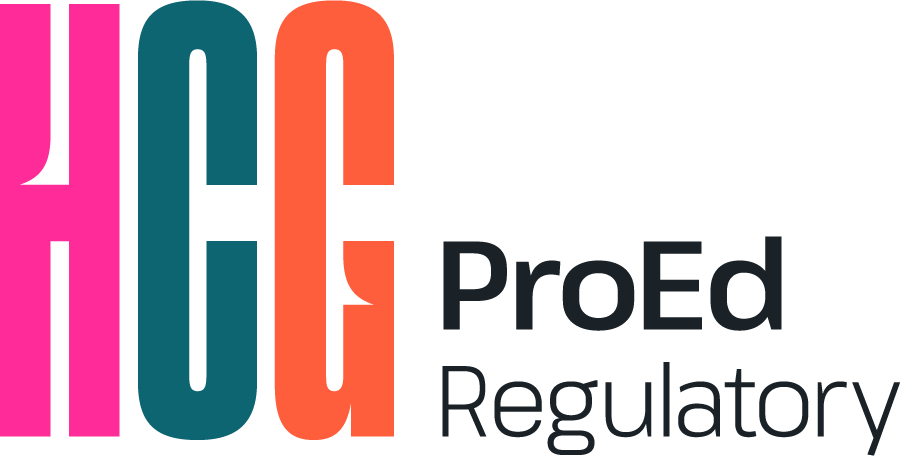From Pilot to Policy: The FDA’s Rapid March Toward AI-Powered Drug Reviews
When FDA reviewers discovered that a generative-AI pilot could slash a 3-day document review task to mere minutes—a time-savings of 99%!—it became clear that artificial intelligence is no longer an aspirational tool but a present-day catalyst for regulatory transformation. That single statistic captures why FDA is fast-tracking AI: the volume and complexity of regulatory submissions…
